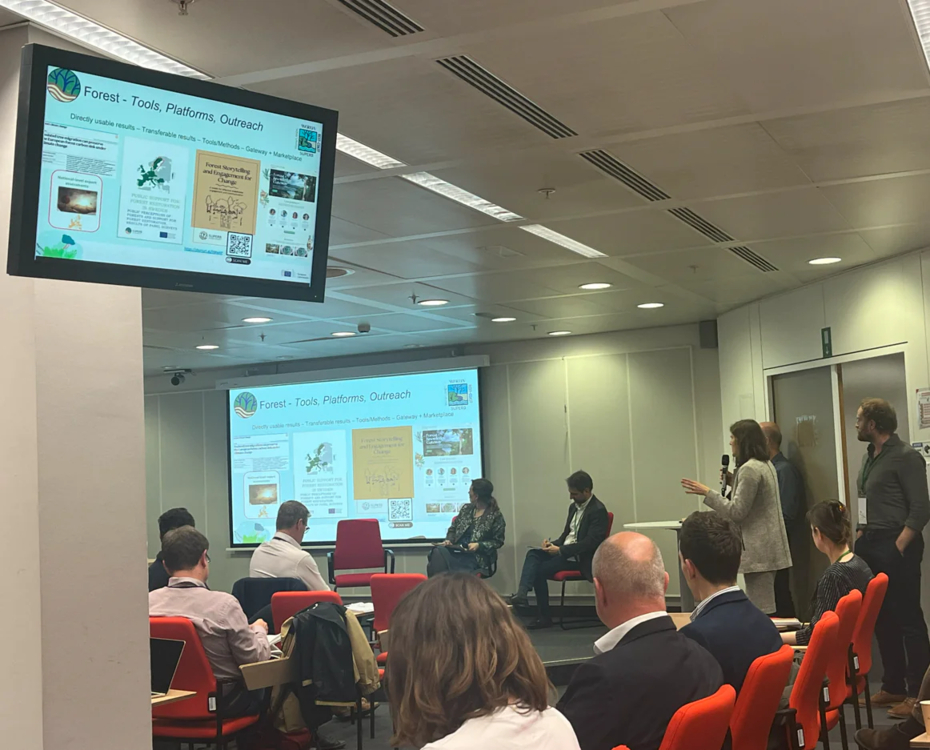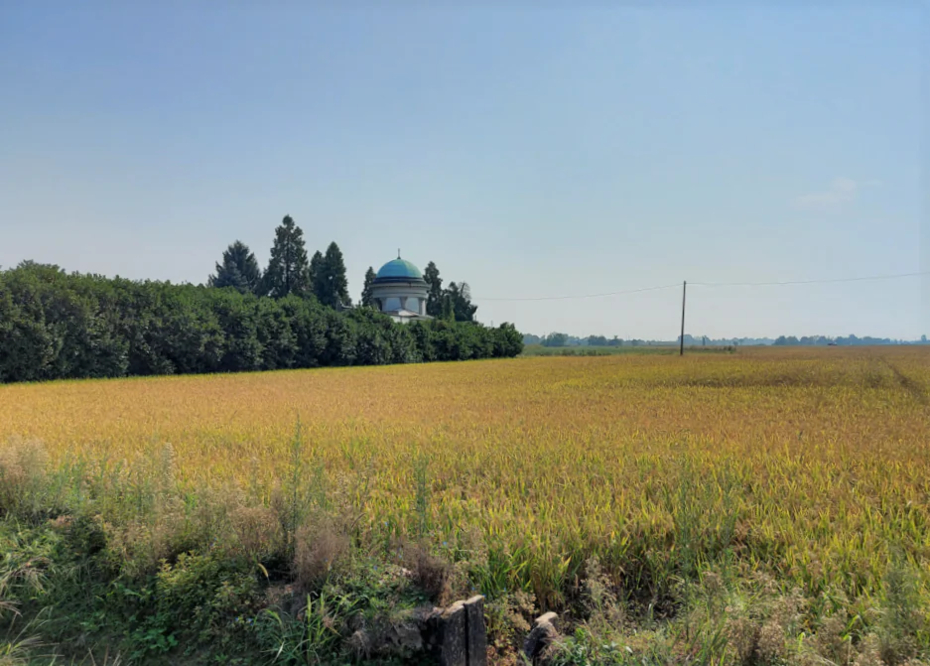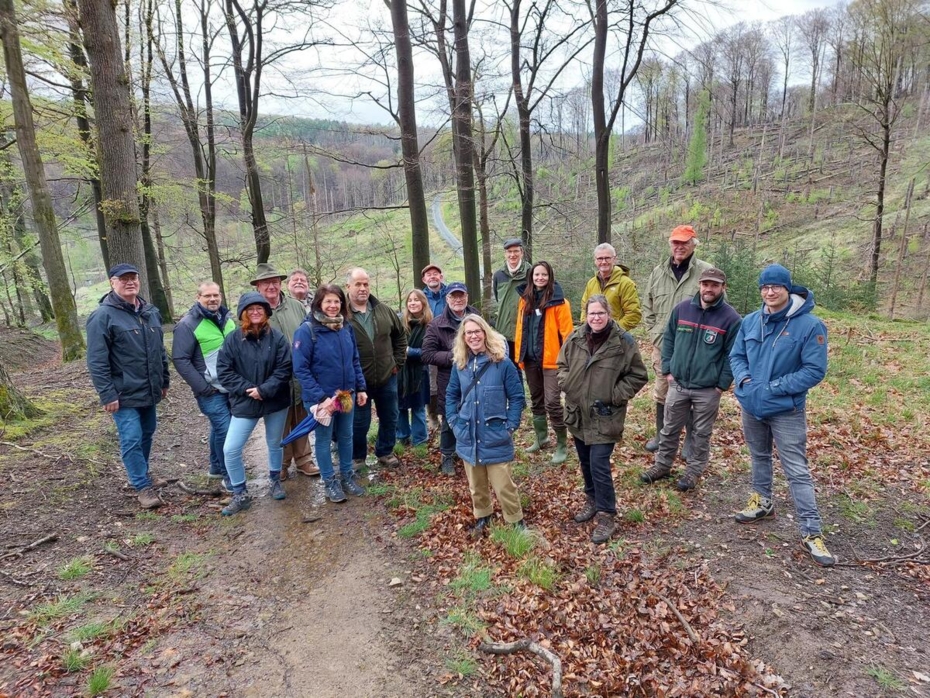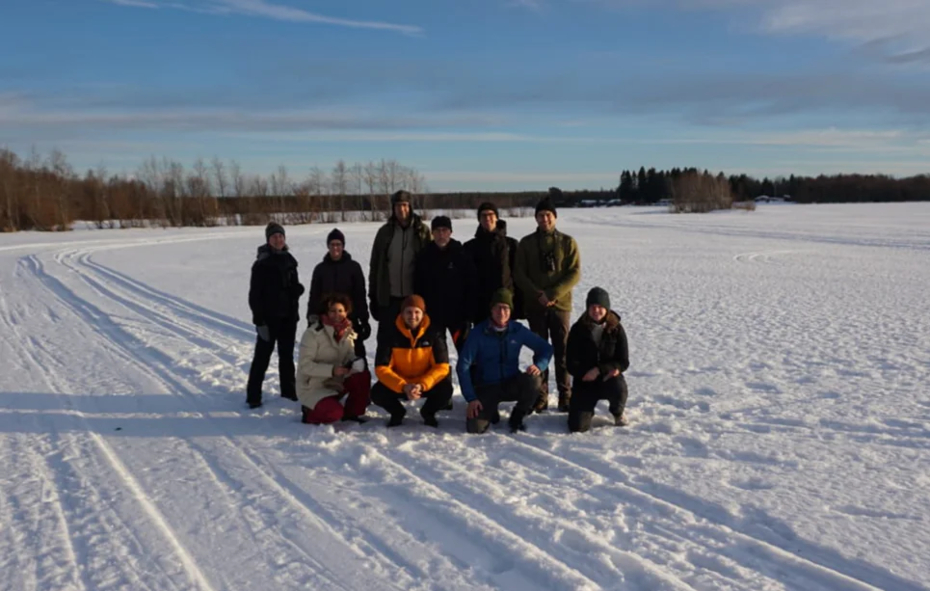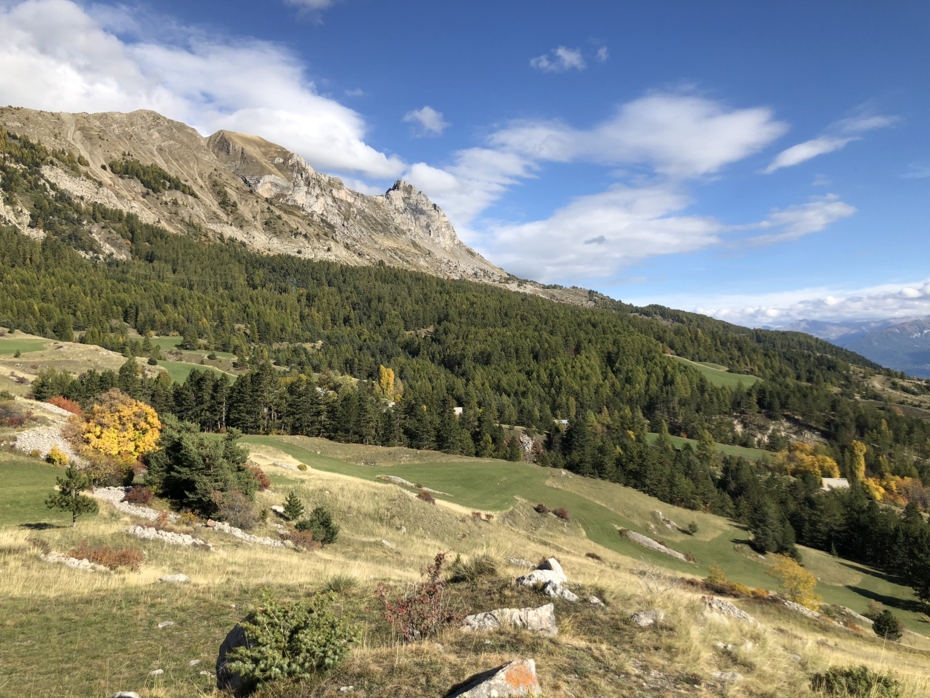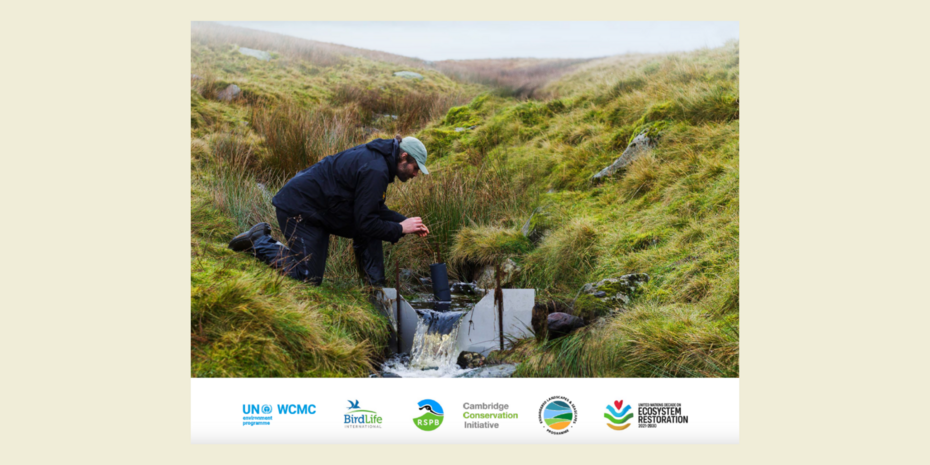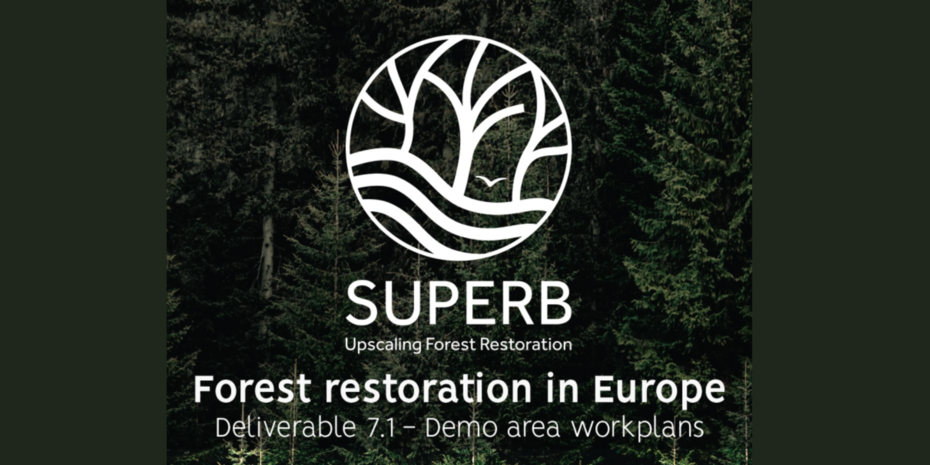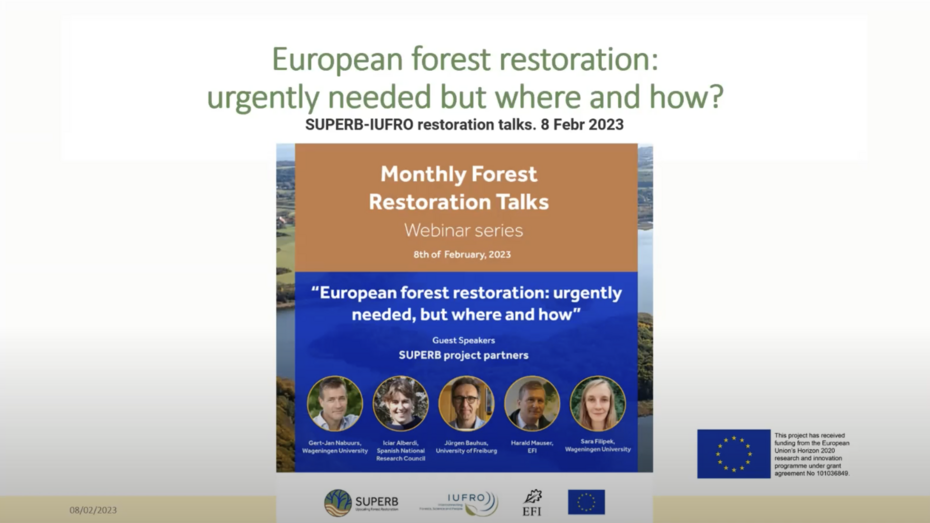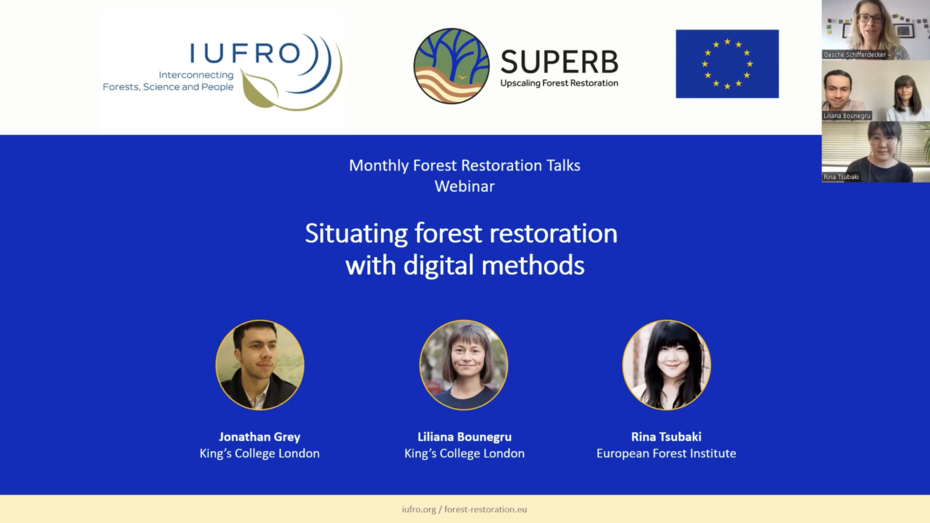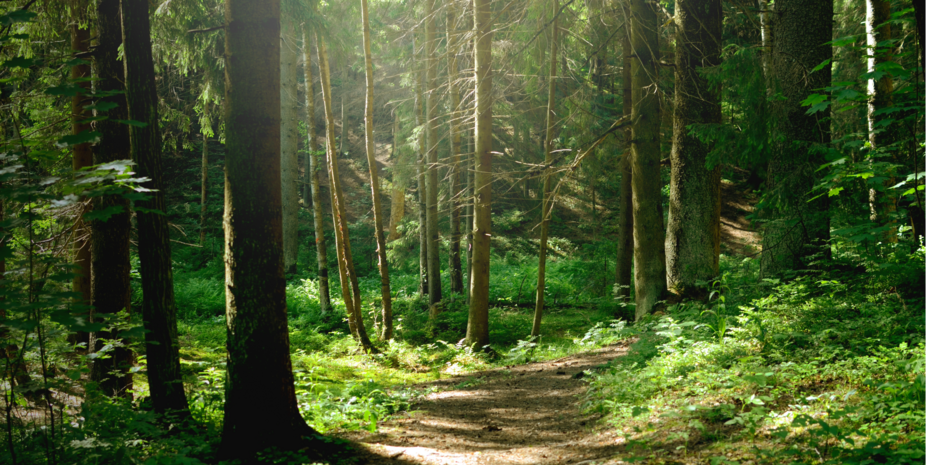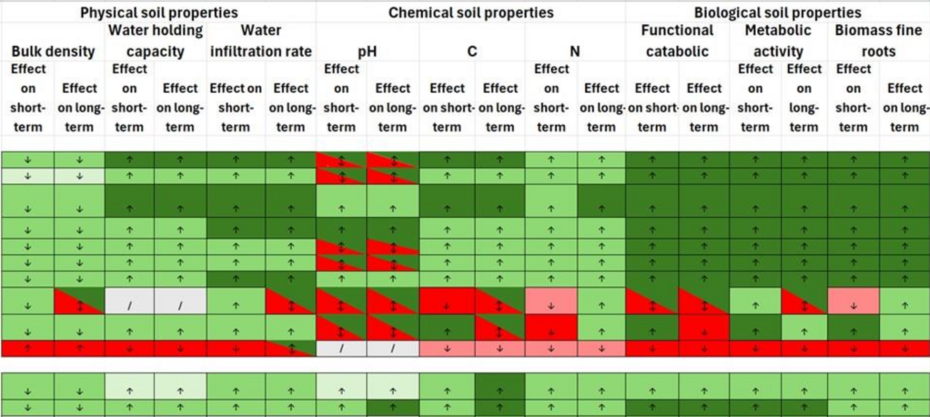
2.4 Restoration plan
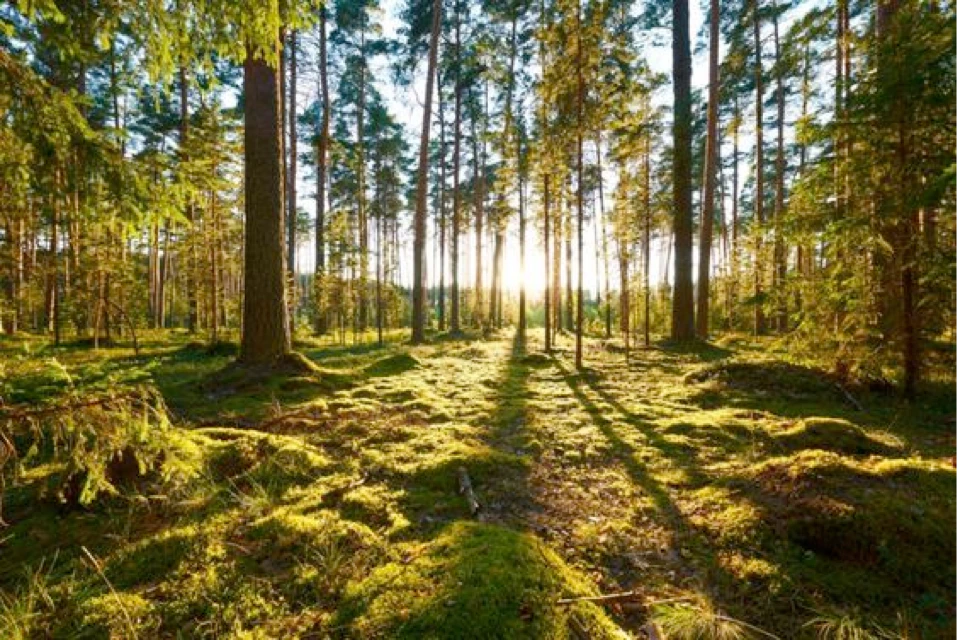
The restoration plan is a foundational component of any forest restoration initiative and may cover a local up to a larger landscape extent. Starting from the long-term vision for a restored ecosystem, it outlines the concrete steps needed to achieve this vision based on the current state of the forest. Beyond serving as a technical guide for a restoration project, the plan aligns stakeholders (see also chapter 2.7 Co-design/-development with stakeholders), prioritizes actions, and creates a shared roadmap that can be adjusted over time as conditions change, or new knowledge emerges.
A comprehensive restoration plan typically includes the following key elements:
-
Restoration goals: A clear description of the desired future forest conditions, the main drivers of degradation to be dealt with, and specific ecological and social objectives to be achieved.
-
Baseline assessment: An evaluation of the current state of the forest to understand existing conditions and serve as a reference point for tracking progress (see chapter 1.3 Baseline monitoring).
-
Restoration activities: A description of planned actions, such as soil rehabilitation, reforestation, or control of invasive species, including estimated costs and long-term maintenance requirements.
-
Monitoring and evaluation: A framework for measuring ecological and social indicators over time to assess restoration success relative to targets, and to guide adaptive decision-making.
-
Stakeholder engagement: A strategy for involving local communities, landowners, institutions, and other relevant actors.
-
Long-term vision and learning: A forward-looking perspective that incorporates continuous improvement, promotes biodiversity and resilience, and facilitates knowledge exchange across projects and regions.
-
Upscaling potential: Analysis and description of the potential of surrounding or degraded areas for an expansion or replication of the proposed restoration measures. For a focus on upscaling, and learning how to develop upscaling route-maps and start the process of planning the upscaling already before implementing the pilot activities, see chapter 4.4.
A well-developed restoration plan is not static: it should be a living document that evolves in response to ecological and social feedback, and to new information in general. Its strength lies not only in outlining what to do, but in enabling practitioners to learn, adapt, and collaborate over the full duration of the restoration efforts.
Related resources
Supporting National Restoration Plan Development
At the 10 March 2025 event “Supporting National Restoration Plan Development” in Brussels, SUPERB shared key lessons on adaptive restoration, financing, and stakeholder engagement to support Member States in implementing the EU Nature Restoration Regulation and developing effective National Restoration Plans.
Rethinking Nature Restoration: Listening to Communities for Lasting Change
On 31 January 2025, the Italian SUPERB demo partners and EFI co-organized a Public Engagement Workshop with Politecnico di Milano’s Density Design to explore public perceptions of urban nature restoration in Milan. Analyzing social media comments revealed that community concerns often stem from practical urban issues rather than opposition to nature. Effective engagement requires listening, addressing everyday worries, and tailoring communication to connect with diverse audiences.
Restoring after forest dieback: First Public Engagement Workshop in our German demo area
In North-Rhine Westphalia, Germany, where forests suffer from severe dieback after pest outbreaks, restoration is still in early stages. During a SUPERB demo site visit near Arnsberg, over 15 stakeholders joined a public workshop to discuss forest resilience, species selection, hunting, deadwood, and social-ecological restoration challenges.
Restoring the “European Amazon”: a journey through Serbia’s riparian forests
This is a story about a trip to Serbia, combining scientific exchange with on-site learning. It revealed strong collaboration between local foresters and scientists working on oak forest restoration. Despite challenges, their climate-smart approach and long-term vision offer hope for resilient, biodiverse forests in the “European Amazon ».
Restoring Forests, One Peck at a Time
A field visit organized as part of the SUPERB project to explore ongoing and planned forest restoration activities in the Umeå swedish demo area. Forest restoration efforts are made to help the white-backed woodpecker by removing conifers and promoting broadleaves. Restoration boosts biodiversity, soil stability, and supports Sámi reindeer herding by improving lichen growth.
Comments on the draft Nature Restoration Law
The recommendations listed on this policy brief result from a science-policy workshop hold in Brussels on 25th November 2022 that was organised by the Research Executive Agency of the European Commission and DG R&I, and attended by the project coordinators and by representatives of EEA, JRC, DG-ENV, DG-AGRI, DG-MARE, DG-REGIO and DG-CLIMA.
Restoration Project Developers’ Playbook on Private Finance (Europe)
The Playbook aims to help restoration project developers understand existing private finance options and assess whether these can be suitable to meet their needs.
Forest restoration in practice
Forest restoration workplans describe restoration measures and activities conducted in each SUPERB demonstration area. The workplans serve as a handbook for the demonstration area and provide a practical guide for future forest restoration efforts.
European forest restoration: urgently needed, but where and how?
This webinar, organized by SUPERB and IUFRO, provides a critical view of how the habitat status of Europe’s forests is currently assessed, and what role data provided by National Forest Inventories can play to inform about forest restoration in Europe. We also take a deep plunge into our SUPERB demo areas and discover the real-life challenges they are facing to implement restoration on the ground.
- Integrative Forest Management
- Legal & Regulatory
- Planning & Upscaling
- Funders & Investors
- Planners & Implementers
- Policy Actors
- Climate change mitigation
- Restoration after direct human impact
- Soil health
- Tree species/functional diversity
- Atlantic
- Continental
- Croatia
- Finland
- France
- Germany
- Italy
- Netherlands
- Romania
- Serbia
- Spain
Situating forest restoration with digital methods
This Forest Restoration Talk explored how digital media platforms like Twitter, YouTube, and Google Images shape public perceptions and engagement with forests and restoration. Experts presented innovative tools and creative methods for analyzing and reusing online content to support inclusive communication, policy, and stakeholder engagement in forest restoration.
Restoration Knowledge Base
Database of different types of resources to support forest restoration practitioners across Europe. It compiles technical guidelines, textbooks, and scientific articles and reviews that provide guidance on specific restoration practices.
Forest and Soil Restoration Table
An Excel table that outlines various forest restoration measures and their effects on key soil parameters. This table offers a practical overview for assessing the benefits and limitations of different approaches to forest and soil restoration. Colours indicate a positive or negative effect, while the arrows indicate if there is an increase or decrease of the soil properties. When interpreting this table, it is important to consider that factors like previous land use and implementation quality can strongly influence soil recovery outcomes.



